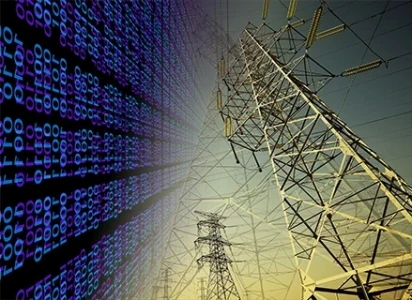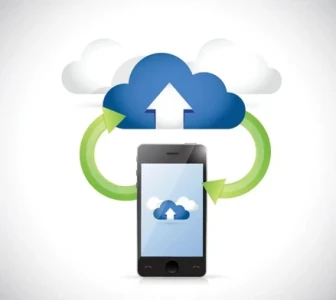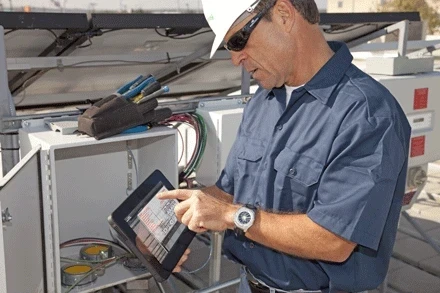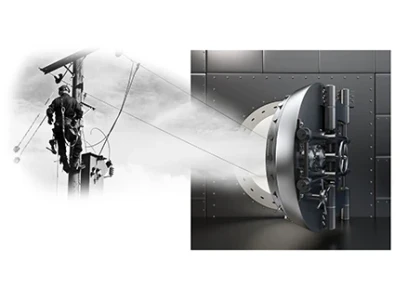Adopting Smart Grid Standards

Utilize industry guidelines for modern and future technologies
BY W. CHARLTON ADAMS JR., IEEE Standards Association (IEEE-SA), Huawei Technologies
A vision is coalescing worldwide of people ubiquitously connected across smart cities, smart buildings, smart cars and, perhaps, even through sensors on or in their bodies. The globally emerging Smart Grid is the foundational platform on which the “connected person” ideal—toward longer, healthier, and more fulfilling living around the globe—is taking shape.
The world’s technology community has been working for many years to build the infrastructure, networking, generation, automation, operation, and distribution necessary to connect more people in more ways and improve lives worldwide. Those efforts have grown more intense and far-reaching in recent years in the rollout of the Smart Grid.
Standards supporting multiple technology domains from a full lifecycle perspective across areas such as substation and distribution automation, renewables, advanced metering infrastructure (AMI), interoperability, networking communications and cybersecurity have emerged globally to support a more intelligent, robust and responsive facility for electricity delivery.
Currently, the standards work continues, along with development of technology, for innovative applications such as e-health, the Internet of Things (IoT) and augmented reality that will leverage the Smart Grid and help enable the connected person.









